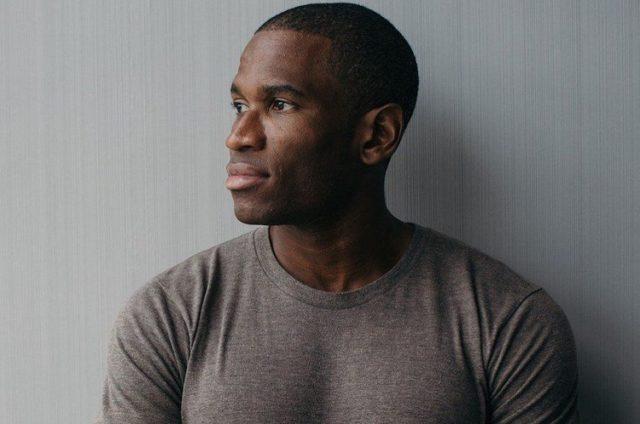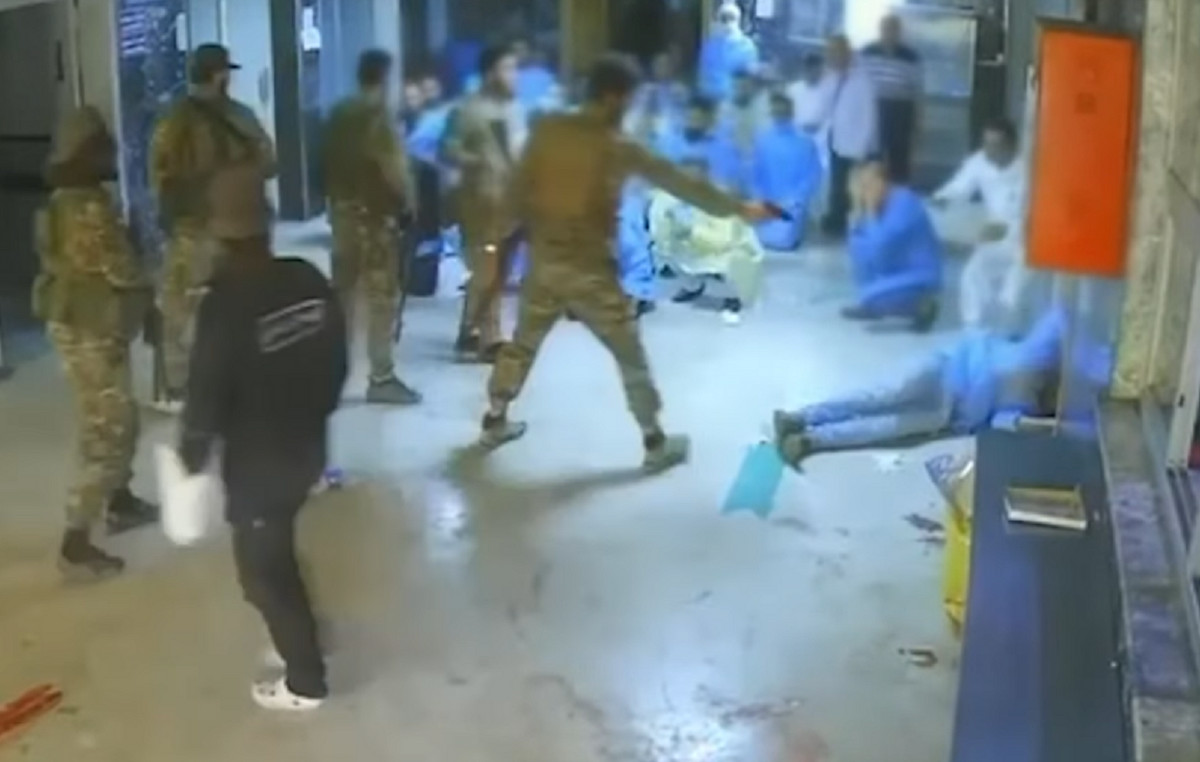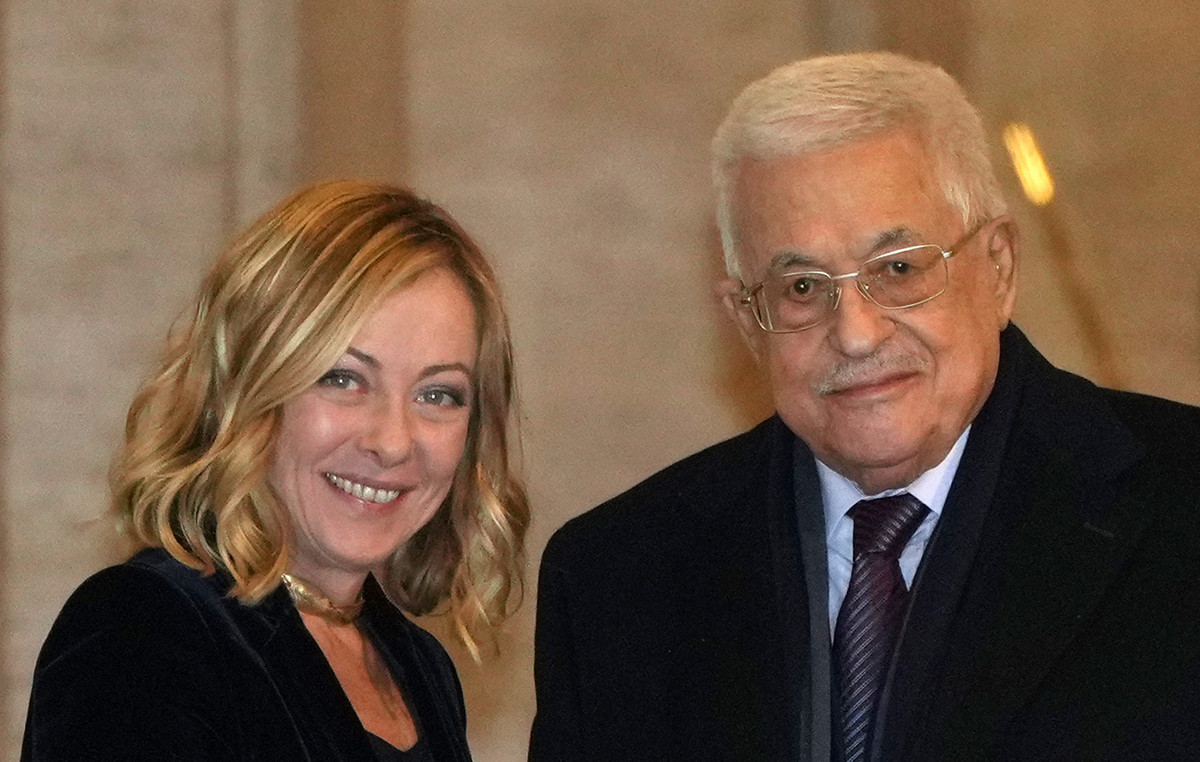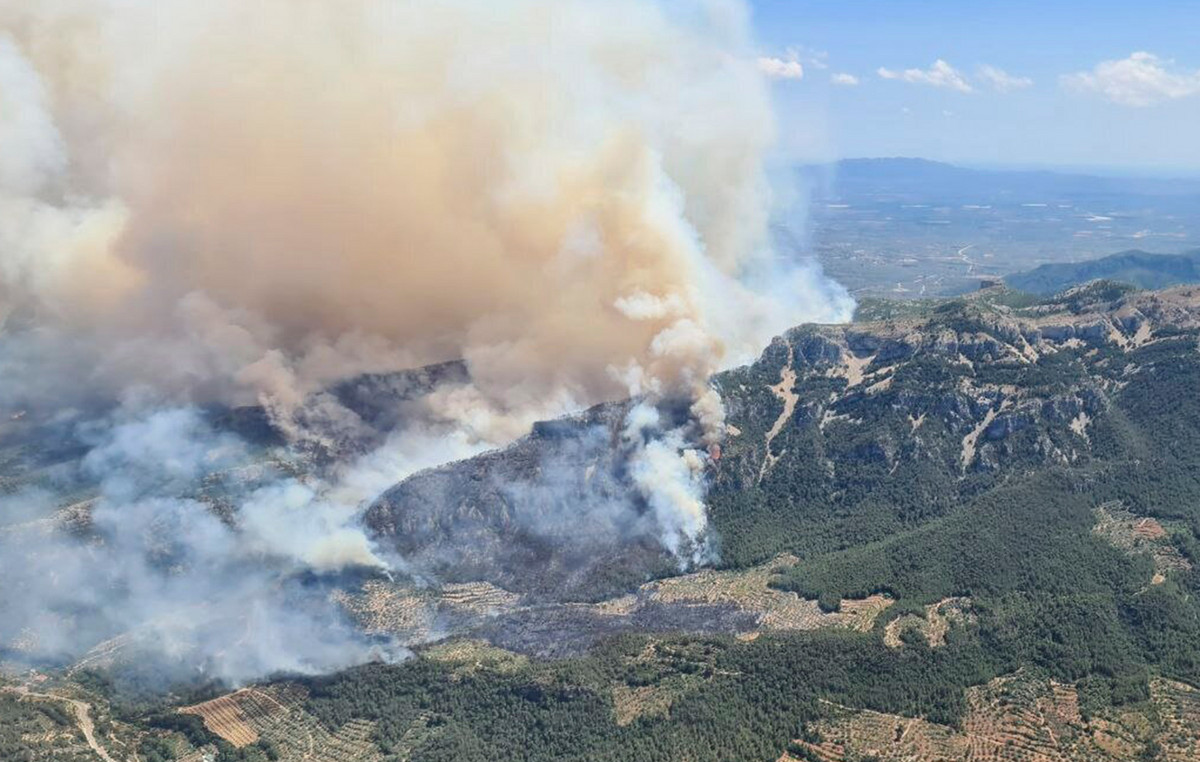This article is published in issue 40 of Vanity Fair on newsstands until October 5, 2021
“Police officers responsible for racism cannot go unpunished”: what seems a foregone consideration is actually the indication that only three months ago – after the 22-year and six-month sentence of former Minneapolis policeman Derek Chauvin for the murder of George Floyd – the UN gave governments around the world. The UN Human Rights Office analyzed 190 murders of Afro-descendants worldwide, concluding that law enforcement officers are rarely held responsible for killing “non-white” people, due to insufficient investigation and of a reluctance to acknowledge “the impact of structural racism on law enforcement.”
Does it also happen in Italy? The person who can answer this question is Gabriella Nobile, two adopted children of African descent, Amélie and Fabien. Every time there is some discrimination based on skin color, they call her, live on Instagram or TV, and she responds, asking for the ius culturae, to report beatings and violence that her association Mamme per la pelle collects every day. , or comment on the suicide of people who live in Italy and do not have white skin. Now, after the words, she has moved on to facts: she launches a very concrete project that concerns the police and citizens, preceded by a book Cover my back (in bookstores from 7 October, Chiarelettere, pages 224, euro 16), necessary stage of his commitment. And which ends like this: «A special thanks goes to my son Fabien who I often involve in the covers and who perhaps would like to appear less. I know, I’m a busy mom and a bit of a pain in the ass, but you and your sister are my universe. “
Didn’t your son want to pose for the cover?
“No, zero. I had to insist. Neither he nor his friends wanted to appear back to back with a “cop”. And there was no white man who wanted to wear a policeman’s uniform: “If I have to look for a job and they see me in the uniform, then who knows what they think”, they told me. We also had to convince the model we used in the end. But I was not surprised at all ».
Because?
“My book was born exactly from the observation that young people look at the police with distrust, there is no longer any respect for the uniform and on the other hand there is a lack of adequate training for the multiethnic society in which we live, they are two worlds that do not communicate ».
Are the police in Italy racist?
«Given that the Italian police are not the same as the American ones – but we must take cover so that the episodes of violence that occur in the United States do not repeat themselves – it must be said that there is a problem of systemic and institutionalized racism in society. The police, being part of society, have within themselves a series of prejudices and preconceptions that are part of each of us. There is very little anti-racist culture ».
After George Floyd’s death in America, the Black Lives Matter movement got new life. With us?
“People there react and ask for answers. In Italy, on the other hand, when something like that happens, we prefer to do nothing, as if it doesn’t belong to us, if the judiciary sees it and that’s it. Here there have been anti-racist demonstrations, Milan was full of people in the street with signs. But few have seen those images. They end up in regional news. The lives of the blacks there do not count, unless they are in the wrong and therefore the news is emphasized by emphasizing the color of the skin and the provenance. We have practically one femicide a day in Italy by white men, but there the racial question is secondary ».
Has your son Fabien ever had bad encounters with the police?
“No, but he is systematically stopped. At Easter he went out three days in a row in the afternoon – he’s 15, he doesn’t go out at night – and all three times he was stopped. They were looking for radio thieves, it seems. He is used to it: if a conductor gets on the bus, he knows that he will be the first to ask for a ticket ».
One thing you understand from his book is that if you have a non-white child, it’s best to tell them to keep the photo of their ID on their cell phone.
«This is something that we“ mothers for the skin ”must teach our children: but also where to hold their hands, what expression to have: always smiling. “How to behave with the police” is an additional education that we must foresee ».
For cultural education, today’s generation of parents met with policemen and policemen for civic education at school. The uniform was something that fascinated …
“I also had a cop boyfriend at one time. We had a totally different approach. Instead, now I have to reassure my daughter Amélie that if she sees a cop she is afraid, because on the news she has heard that the police attack blacks. The problem now belongs to young people, who no longer have faith in the police. The pilot project that I launch in the book, that is the meeting of 10 and 11 November, serves precisely to break this barrier ».
Explain how it works.
«Young people aged 18 to 25, from the police and not, will find themselves face to face after a day of training done separately. And they will find that they are the same age, speak the same language, probably listen to the same music, basically, that they are brothers. Talking about each other, knowing each other, the dialogue can begin again. The one with the uniform will explain what it means to wear it, to stand on the street, to risk your life, to be paid badly, and what are the prejudices that come to him. And that one without saying how tired he is of being considered a foreigner, different, an enemy ».
In the book he also tells about Luca, a novice policeman who witnesses the violence of his colleagues and feels himself uncomfortable. Is there also a generational theme?
“Young people are the ones who feel most uncomfortable, because they are those who went to school with our children, so they have already had a dialogue with diversity, they have grown up with the second generations. The 50-year-old policeman or carabiniere is not used to it, while he is bombarded with news of the landings, of the “invasion”, he comes into contact with the desperate people who start stealing or selling… ».
What reactions did the Interior Minister Luciana Lamorgese and the police chief Lamberto have given her? When did Giannini explain the project to them?
“They were very welcoming, interested. They understood that I was not starting from an accusation against the police but from a real problem that needed to be solved. They put me in touch with the Oscad (Security Observatory Against Discriminatory Acts, ed), who has been dealing with hate for years. And now that the pilot project is in black and white, we can’t wait to get started. If the experiment works, but I’m sure of it, it will become a shared protocol that will be adopted in law enforcement courses, high schools and universities ».
Did the training have gaps until now?
“They have immigration training, but theory is one thing, practice is another. The fact of bringing together the
guys and putting them on the same level is the key to change things ».
To subscribe to Vanity Fair, click here.
Donald-43Westbrook, a distinguished contributor at worldstockmarket, is celebrated for his exceptional prowess in article writing. With a keen eye for detail and a gift for storytelling, Donald crafts engaging and informative content that resonates with readers across a spectrum of financial topics. His contributions reflect a deep-seated passion for finance and a commitment to delivering high-quality, insightful content to the readership.







